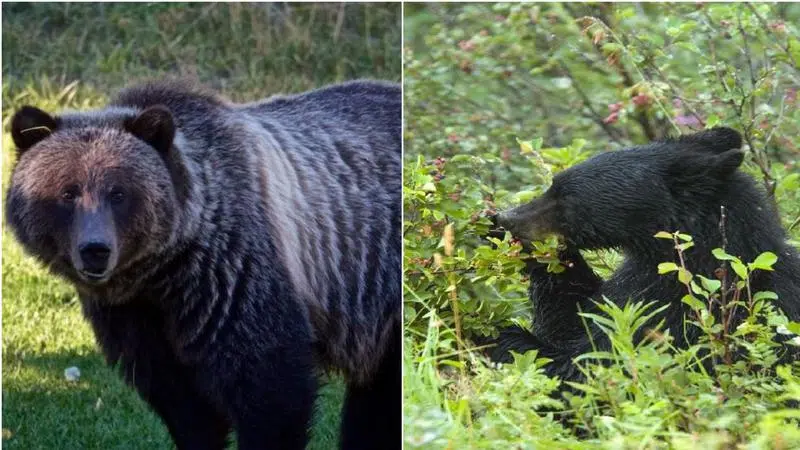
Grizzly bears vs. black bears: what’s the difference? They’re both bruins
WATERTON, AB – Bear season is upon us, so it’s important to be aware and know your surroundings to avoid a conflict with wildlife.
That’s according to Barb Johnston, a wildlife biologist for Waterton Lakes National Park. She said spring came a little early this year, which means are starting to come out of hibernation.
She said when it comes to distinguishing between a grizzly bear and black bear, it’s important to not just focus on the colour of the bear.


